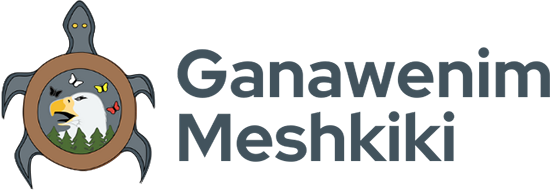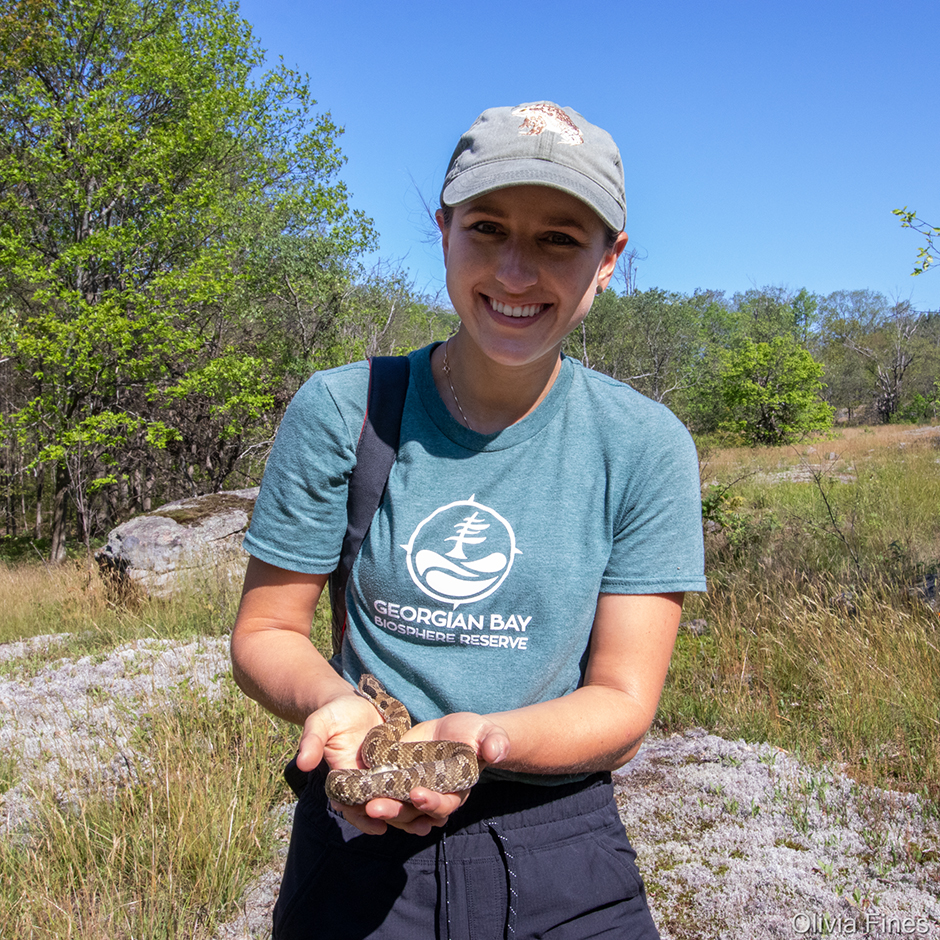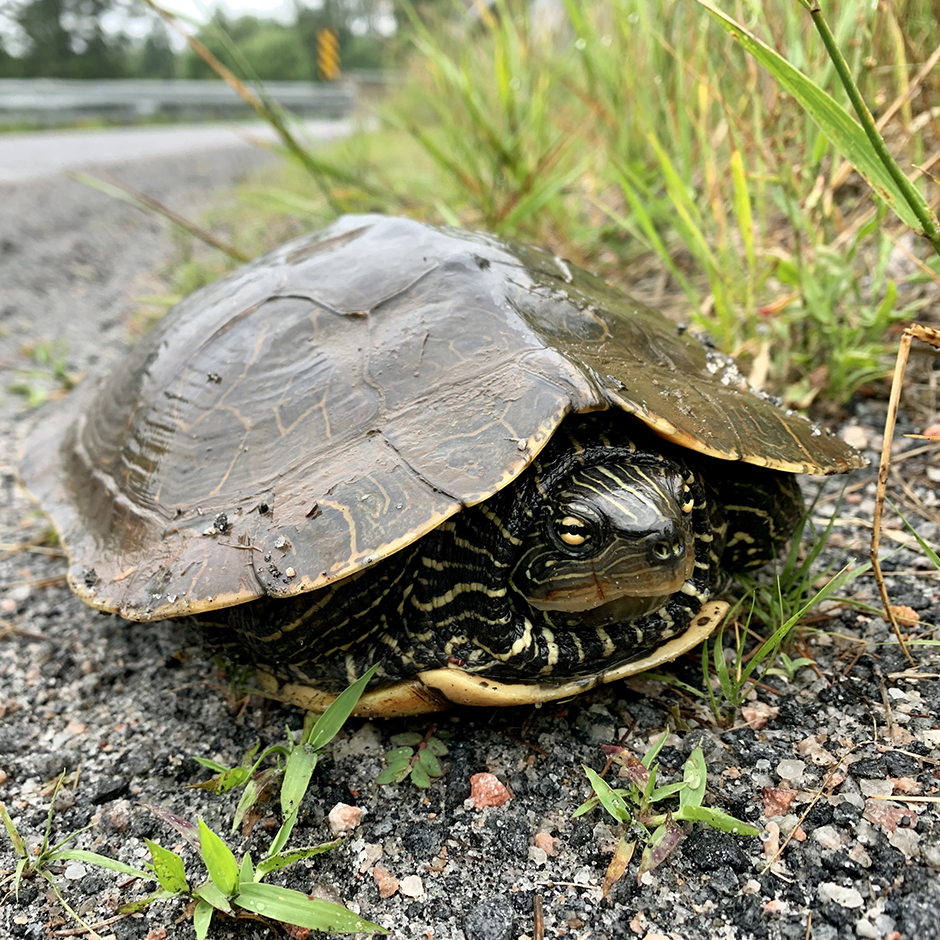Georgian Bay-Mnidoo Gamii Biosphere (GBMGB) is a non-profit registered Canadian charity based in Parry Sound, Ontario, that works with partners across the Georgian Bay region to protect the environment, while supporting vibrant communities and a healthy economy. Through $875,000 of Ganawenim Meshkiki’s Eastern Georgian Bay Initiative (EGBI) Funding, and with support from the Maamwi Anjiakiziwin initiative, GBMGB was able to continue growing diverse partnerships for collaborative species at risk (SAR) herptile conservation in 2021. Progress was made to extend the reach of existing partnerships and to continue working towards a two-eyed seeing approach for knowledge generation and co-management of priority ecosystems.
Located in the eastern Georgian Bay region, the project focuses on the following SAR herptiles: Massasauga rattlesnake, Eastern foxsnake, Eastern hog-nosed snake, Blanding’s turtle, and Eastern musk turtle. In 2021, the EGBI funding was used to support two main objectives:
- Identify and address road mortality threats at priority locations to support implementation of mitigation measures in Killbear Provincial Park and the surrounding area, and
- Identify priority locations to implement road mortality mitigation measures in Moose Deer Point and the surrounding area and recommend actions to increase local habitat connectivity.
In the Killbear region, GBMGB staff conducted a total of 43 road surveys which yielded 241 observations of herptiles found on the road. Of these observations, 92% were found dead on the road. Most of these were snakes. Staff noted a similar trend in the Moose Deer Point region. There, 35 road surveys were conducted which yielded 287 observations where 94% of the herptiles observed on the road were dead. These observations were primarily snakes as well.
GBMGB’s efforts confirmed that road mortality is a serious issue in both regions for all herptile species, particularly snakes, and that this has ramifications for SAR herptiles. In 2021, GBMGB took steps to map mortality ‘hotspots’ in both locations as part of identifying where to focus road mortality reduction efforts. They also generated specific recommendations for road mortality reduction in both sites; staff will continue to explore implementing these mitigation options with partners in 2022 and the years to come.
At a broader level, GBMGB’s 2021 conservation and protection efforts also built capacity for local Indigenous communities, municipalities, and individuals to participate in SAR recovery initiatives, and incorporated Indigenous knowledge associated with the target species in survey protocols.



